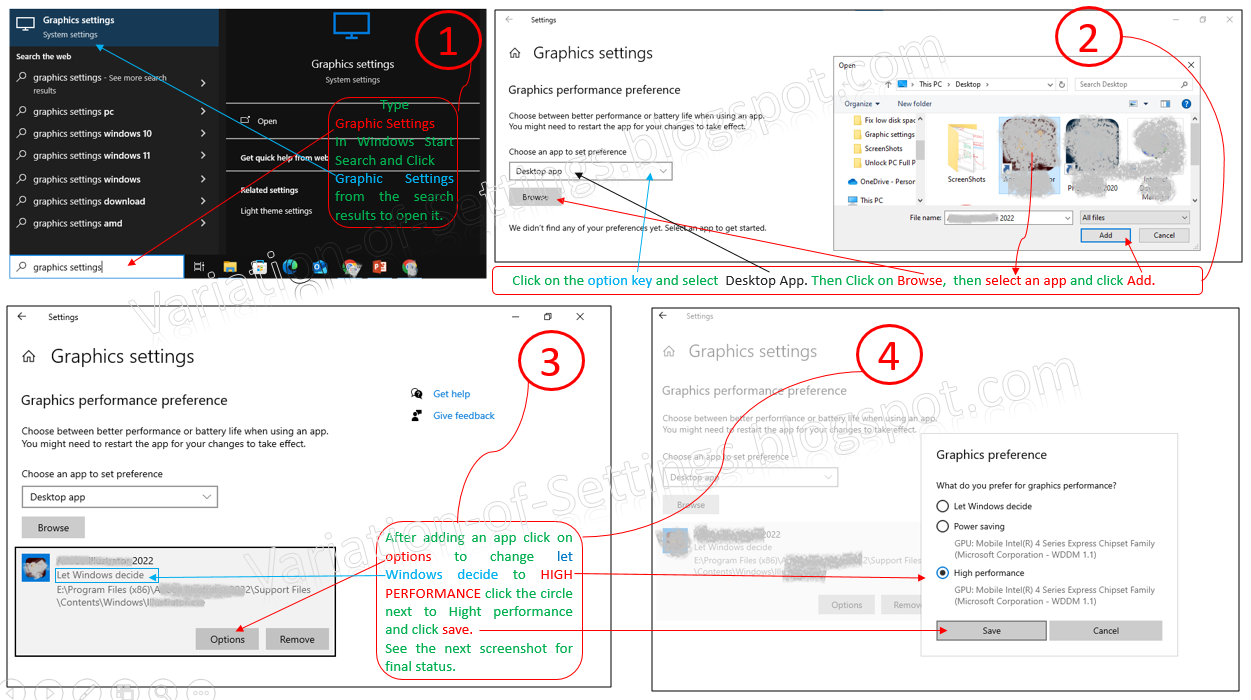How to Uninstall or Roll Back Windows Updates: A Complete Guide
What situations warrant rolling back updates?
Uninstalling updates may be necessary in various scenarios, such as addressing bug fixes, resolving performance issues, preserving compatibility, stabilizing the system, and recovering lost data. However, caution is advised as updates often contain crucial security patches. It’s recommended to attempt other troubleshooting methods first and to back up your data before uninstalling updates.
Before proceeding with the uninstallation of any update, we recommend visiting our separate post titled "How to pinpoint a problematic update" to better understand; why, when and which update you should unistall.
If you're experiencing issues due to a recent Windows update, you can try uninstalling the update to fix the problem. Here's how you can do it:
1. Uninstall Update With Help of "Programs and Features" OR "Advance Option"
Open "Programs and Features": Click on "Start", then "Settings", and go to "Update and Security". Look for "View update history" and click on it, then click on "Uninstall update" to open Programs and Features.
Alternatively, you can open the Control Panel, navigate to "Programs and Features", and open it. Then click on "View installed updates" in the left upper corner. Select the recently installed update or the update you want to uninstall and click the uninstall button at the top of the list, or double-click the update you want to uninstall. Click on "Yes" if prompted for confirmation.
If the first option didn’t work, you can use “Advanced Options”. to automatically or manually uninstall the latest update:
Open "Advance Options":
1. Access this setup utility from the sign-in screen or Start menu. Click the Power button, then hold Shift as you press Restart.Click Troubleshoot > Advanced options. Select “Startup Settings” and click Restart. When the system restarts, a list of options for boot purposes will be present. Look for “safe boot” and press the corresponding key (usually F4 or 4). After successfully logging off Windows, repeat the procedure as specified in the first step. Restart your PC and see if this worked for you.
2. If the error persists or prevents Windows from loading, click on “System Repair” in advance option, and Windows will automatically check and fix the problem that stops Windows from loading. This process can also lead to the uninstallation of recently installed updates or apps if the error is related to them. Wait until the automatic repair completes its process. Your PC will be restarted, and if the boot is successful, the sign-in screen will be displayed. If not, then your PC will be shut down again with an error message. In this case, you may apply the next step as outlined below.
3. Access the same options again and this time select “Uninstall Updates”, enter your username and password, and click Next/OK. Windows will automatically uninstall the recently installed quality and features update. If prompted for an action to take, understand and select the option that best suits your problem to resolve. Wait until the process is complete. Windows will automatically restart the device. When the process of uninstalling completes, sign in to the PC again and check whether the problem has been resolved.
4. If the error persists, you may need to restore or recover your PC's Windows system.
2. Uninstall Windows Update / Upgrade Or Revert to Previous Widows Version
To roll back a Windows update, follow these steps:
a. Open Settings: Press the Windows key + I to open the Settings app.
b . Go to Update & Security: Click on Update & Security within the Settings app.
c. Access Recovery Options: On the left side, select the option for Recovery.
d. Go Back to Previous Version: Look for the “Go back to an earlier build” section within the Recovery options and click on Get Started. If this option is missing, it likely means the rollback period has expired.
e. Choose a Reason: Select a reason for rolling back from the provided options.
f. Confirm Rollback: Click on Next and then on No Thanks when prompted to check for updates.
Please note that you have a limited time to roll back after an update, usually within 10 days. If you miss this window, you may need to use other methods such as system restore points or third-party software to revert to a previous state However,, you can still reset your PC by clicking 'Get started' under 'Reset this PC.' This option will reinstall Windows and you'll have the choice to either keep personal files or remove everything.
Uninstalling an update can take a long time because it involves dealing with system resources, file sizes, registry changes, service dependencies, and caching. It's important to be patient during this process to ensure that the uninstall is thorough and to maintain the stability of the system. Uninstall process involves removing files and configurations that have been altered or added, reverting settings to their previous state, and ensuring that dependencies and references to the update are properly addressed. This complex operation can require a significant amount of time to complete, especially if the update has made extensive changes to the system.
Remember to back up your data before attempting any rollback, as it can affect your system’s files and settings. If you’re not comfortable performing these steps, consider seeking assistance from a professional.
Attribution: Screenshots taken from Microsoft Windows.


.png)

Comments
Post a Comment